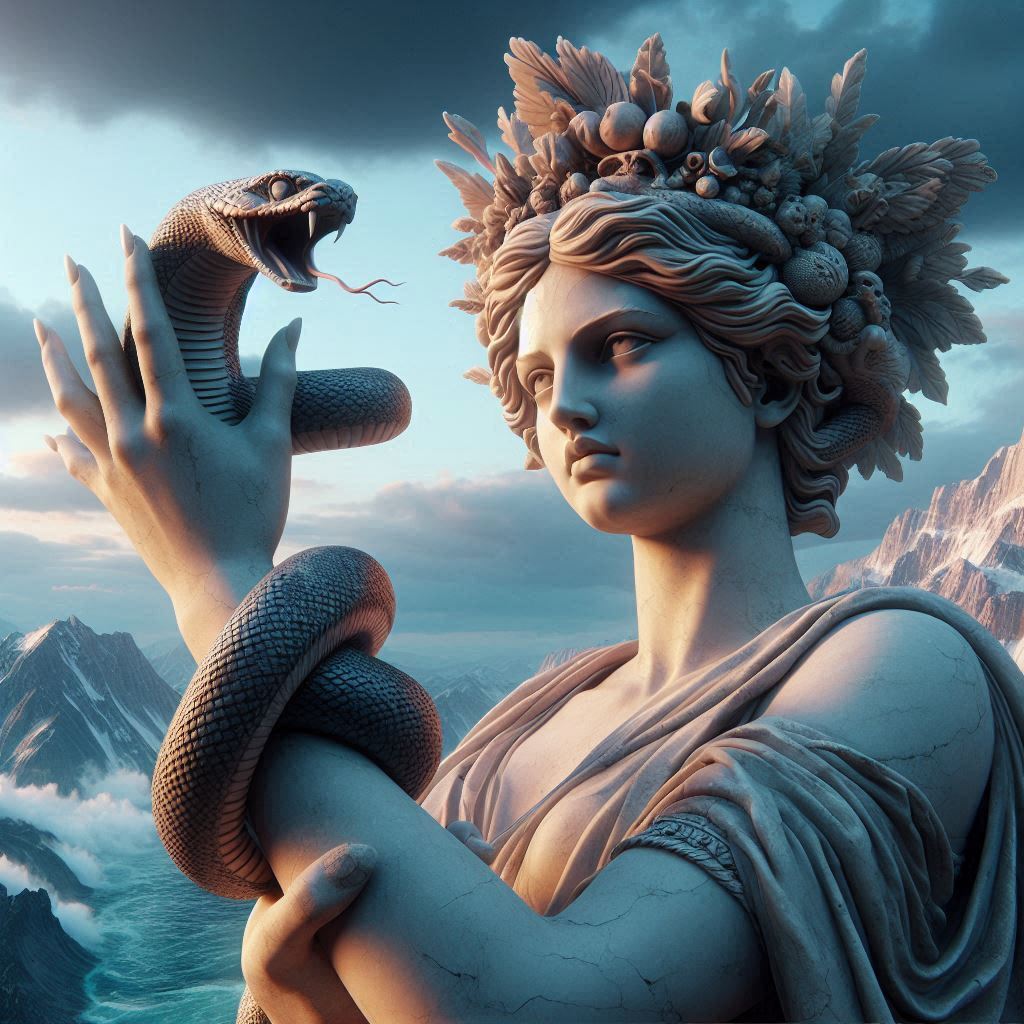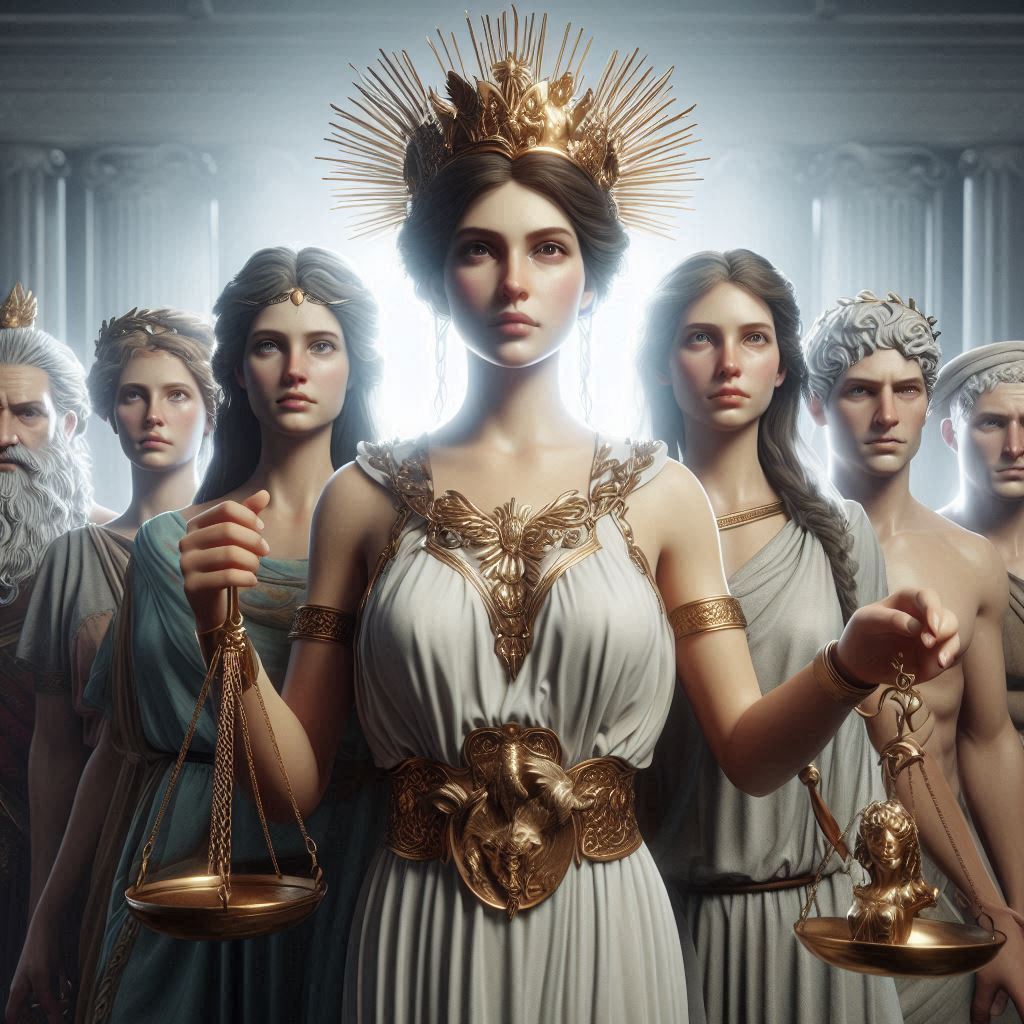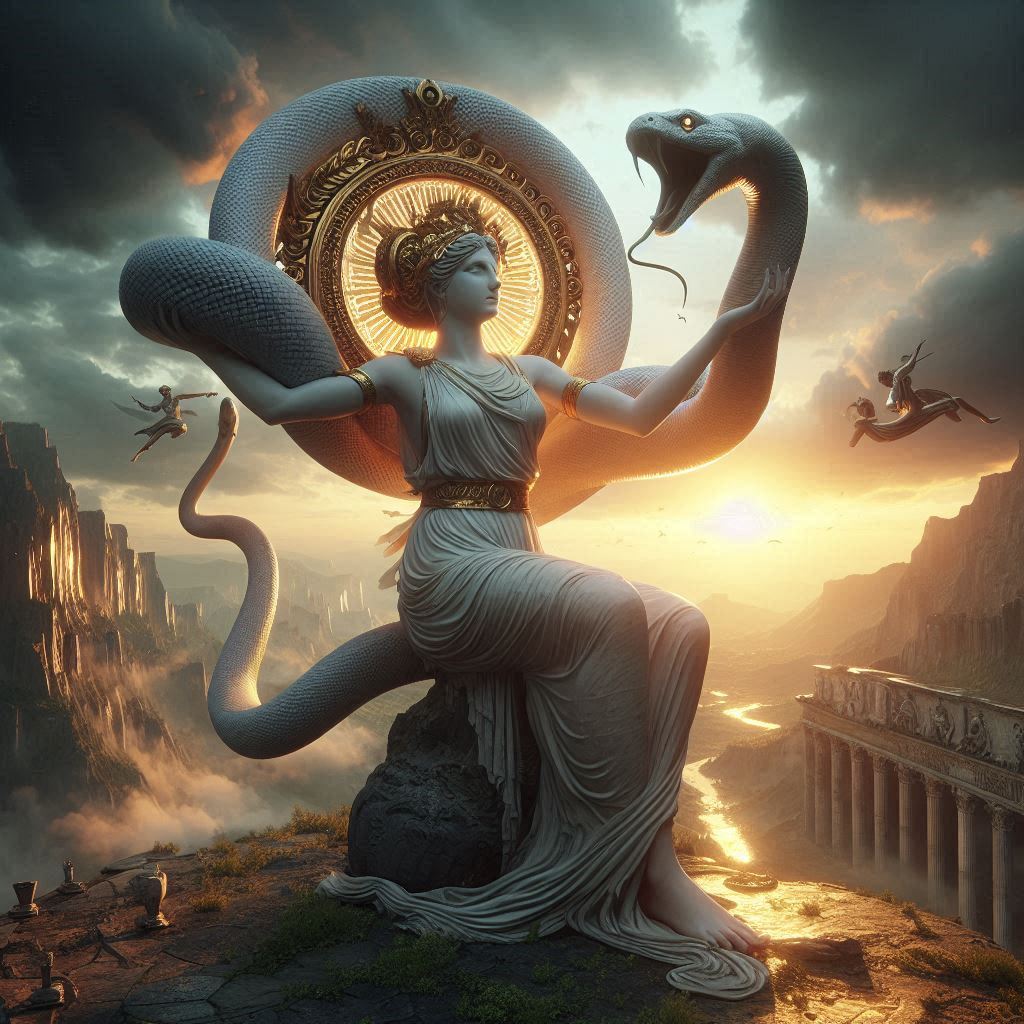Table of Contents
The Basics of Dystopian Literature
Dystopian literature presents an imagined world, often set in a future marked by oppressive regimes, technological control, or environmental disasters. It serves as a vehicle for writers to critique contemporary society by exaggerating existing trends and envisioning the dire consequences of certain ideologies or technological advancements. Dystopian narratives typically explore the consequences of totalitarianism, social stratification, environmental degradation, and the erosion of individuality. Through these imagined futures, dystopian literature holds a mirror up to society, reflecting fears about unchecked power, loss of freedom, and the dehumanization of individuals within an overly controlled world.

Historical Context and Development
Dystopian literature evolved alongside the industrial and political transformations of the 19th and early 20th centuries. As societies underwent rapid modernization, thinkers began to question the long-term impacts of mechanization, urbanization, and the growing influence of centralized governments. The genre reached maturity in the 20th century as totalitarian regimes emerged and advanced technologies began to shape everyday life. Works like We by Yevgeny Zamyatin, Brave New World by Aldous Huxley, and 1984 by George Orwell brought dystopian literature to the forefront, each reflecting concerns about societal control, propaganda, and the suppression of individuality.
In the post-World War II era, as fears about nuclear annihilation and environmental devastation grew, dystopian literature began to incorporate ecological themes, as seen in The Road by Cormac McCarthy and The Handmaid’s Tale by Margaret Atwood. The genre continues to evolve today, addressing issues related to surveillance, bioengineering, and artificial intelligence, reflecting contemporary anxieties about the increasing role of technology in human lives.
Core Themes and Characteristics
Dystopian literature is marked by several recurring themes and characteristics, all of which serve to critique current or potential societal structures.
- Totalitarian Control and Oppression: A hallmark of dystopian literature is the presence of an authoritarian government or institution that exerts extensive control over its citizens. This often includes surveillance, thought control, and the suppression of dissent, as seen in 1984, where the state employs “Big Brother” as a means of constant surveillance and control over thoughts and behavior.
- Loss of Individuality: Dystopian societies frequently emphasize conformity and discourage personal expression. Individuals are often stripped of their identities and forced to adhere to the rules of the state or social system. In Brave New World, for instance, the population is conditioned from birth to accept their place in society, eliminating the potential for personal ambition, dissent, or individuality.
- Technological Dominance and Dehumanization: Many dystopian stories depict a society where technology has advanced to the point where it controls or dehumanizes individuals. In Ray Bradbury’s Fahrenheit 451, for example, technology is used not only to entertain but also to distract and suppress intellectual curiosity and critical thought.
- Environmental Decay and Resource Scarcity: In recent decades, dystopian literature has increasingly focused on environmental themes. Works such as The Road depict a world where ecological collapse has led to a barren and desolate landscape, a grim reflection of concerns about pollution, climate change, and overconsumption.
- Class Stratification and Social Inequality: Dystopian societies often exhibit extreme class divisions, where a wealthy and powerful elite maintain control over a disenfranchised and oppressed underclass. In Suzanne Collins’ The Hunger Games, the division between the affluent Capitol and the impoverished districts serves as a critique of contemporary economic inequality.
The Role of Protagonists and Rebellion
Protagonists in dystopian literature are typically individuals who become aware of the flaws in their society and seek to rebel against or escape from it. These characters often undergo a journey of self-discovery, realizing their individuality and desire for freedom, which stands in direct opposition to the collective conformity or control imposed by the dystopian regime. Winston Smith in 1984, Guy Montag in Fahrenheit 451, and Katniss Everdeen in The Hunger Games all embody this trope, each representing the human yearning for freedom, truth, and self-expression.
Philosophical Underpinnings and Social Critique
Dystopian literature is deeply philosophical, often exploring questions about human nature, free will, and the role of institutions in shaping individuals. At its core, the genre questions the assumptions underlying modern society, exploring how issues like technological dependence, authoritarian governance, and consumer culture can erode fundamental human values. By presenting extreme versions of contemporary trends, dystopian literature provokes readers to think critically about the potential consequences of current societal choices, offering a warning about the dangers of ignoring these underlying issues.
For instance, Brave New World addresses the potential consequences of an over-reliance on technology and the pursuit of pleasure, suggesting that a society devoid of pain and conflict is also devoid of meaning and depth. Similarly, The Handmaid’s Tale critiques the consequences of religious extremism and gender oppression, imagining a world where women’s rights are entirely subsumed by a patriarchal theocracy.
Dystopian Literature and the Future
Dystopian literature’s appeal endures because it addresses universal fears about power, control, and autonomy. In the contemporary context, as concerns grow about the ethical implications of artificial intelligence, genetic engineering, and climate change, dystopian narratives provide a framework for exploring the potential future trajectory of these issues. Works like Black Mirror, which addresses the darker aspects of technology, and The Testaments, Atwood’s sequel to The Handmaid’s Tale, demonstrate the continued relevance and adaptability of dystopian literature to address contemporary anxieties.
Conclusion
Dystopian literature serves as a cautionary genre, offering critical insights into the darker potentials of human societies. By depicting worlds where oppression, dehumanization, and inequality have become the norm, it compels readers to reflect on the importance of individual freedom, ethical governance, and social responsibility. In a world where technological advancements and political power structures are constantly evolving, dystopian literature remains a vital genre for questioning the direction of human progress and for advocating vigilance against the forces that threaten to undermine the fabric of a humane and just society. Through its speculative lens, dystopian literature not only warns of potential dangers but also inspires readers to imagine and work toward a better future.


No responses yet